Harvest Festival Of India
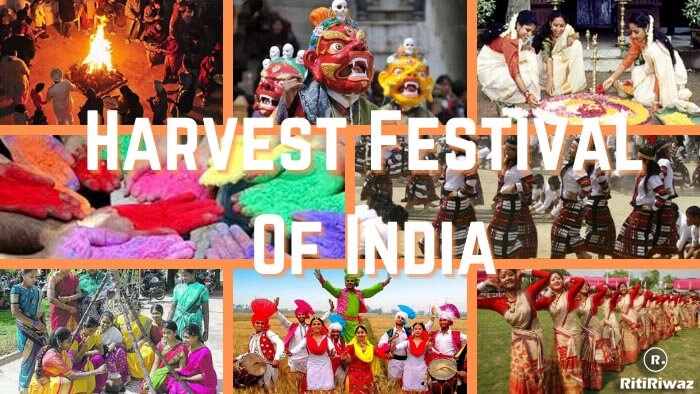
India is basically an agricultural country and it is well-known that about 67% of its total population earns its livelihood from agriculture. Double monsoon led to two harvests being reaped in one year so is the Harvest Festival. Plants and animals were considered essential to the survival of the Indians and this resulted in their worship and veneration.
Indian agriculture is divided into two main seasons Kharif and Rabi crops. The Kharif cropping season is from July –October during the southwest monsoon and the Rabi cropping season is from October-March (winter). The Kharif crop is harvested from September to October, while the Rabi crop is harvested from February to April. Harvest is followed by festivals celebrating plenty and they reassure that people always enjoy the best food and quality of life. Different states in India have different times throughout the year when the crop is harvested owing to the diversity in climate and differences in the staple crop of a region. So there are so many Harvest festivals celebrated in India.
These festivals not only celebrate the ripening of crops but also various important astronomical changes taking place. They are considered auspicious hence are marked with celebrations and prayers. Harvest Festivals celebrated in India throughout the year are.
Harvest Festival of North India
Lohri
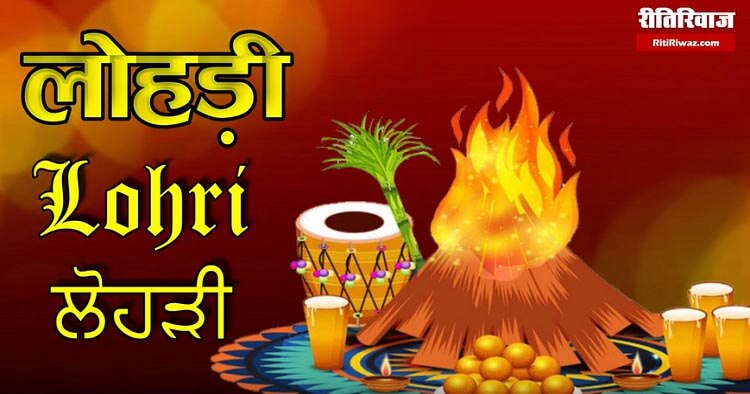
Lohri is a festival that marks the harvest season in Punjab, celebrated on January 13th every year. The festival is celebrated by lighting a bonfire, offering prasad to the fire, singing folk songs, dancing, and enjoying Punjab delicacies. Lohri commemorates the passing of the winter solstice marking the end of the winter season and the beginning of longer and warmer days it is mainly associated with the harvest of rabi crops, which are sown in the winter. It signifies the end of a harvest cycle and the beginning of the new, end of the shorter day, and the return of longer ones.
When celebrated: 13th January
Where celebrated: Punjab
Makar Sankranti
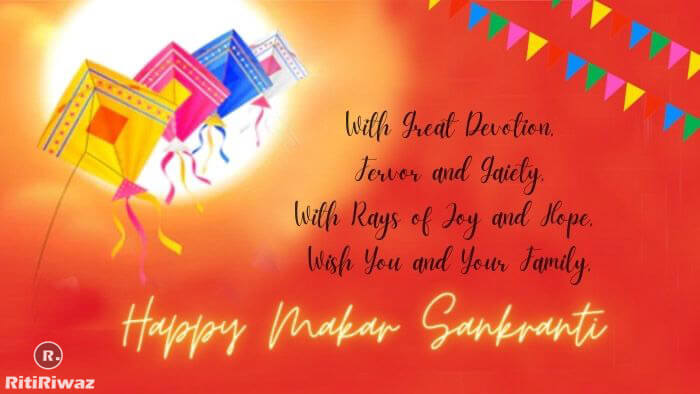
Makar Sankranti is the Hindu harvest festival celebrated on 14th January every year, it is the time when the sun passes from one zodiac sign to the next. It is celebrated in all parts of India but with different names and ways according to the localization, culture, and traditions. It marks the transition of the sun from Dhanu Rashi (Sagittarius) to Makara Rashi (Capricorn). The sun reaches its southernmost dip and then starts moving northwards.
The festival is dedicated to the Hindu deity of Surya (Sun God) and marks the end of the cold winter season and the beginning of the spring season with good harvests and lengthier days to spend. Sesame is the main harvest of the season and is eaten fondly during this time. It represents a period of abundance, peace, affluence, and happiness.
When celebrated: 14th January
Where celebrated: All regions of India with different names
Holi
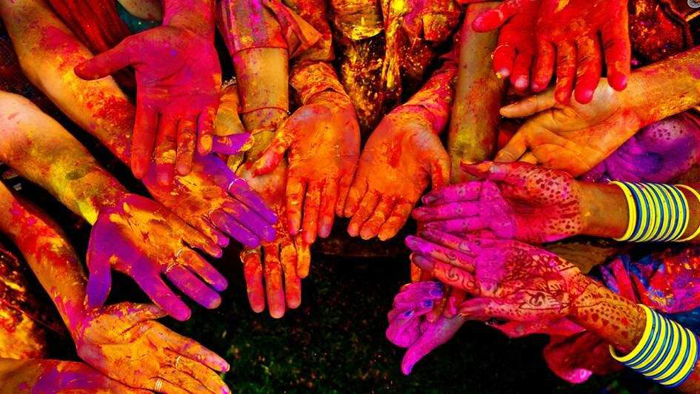
Holi is a Hindu “festival of colors” celebrated in March when people harvest their wheat crops. The festival signifies the victory of good over evil, the arrival of spring, the end of winter, and for many a festive day to meet others, play and laugh, forget and forgive, and repair broken relationships. It is also celebrated as a thanksgiving for a good harvest.
When celebrated: Middle March (Purnima of Phalguna month)
Where celebrated: North India-Uttar Pradesh, Bihar, Telangana, Maharashtra, Rajasthan, and Gujarat
Basant Panchami
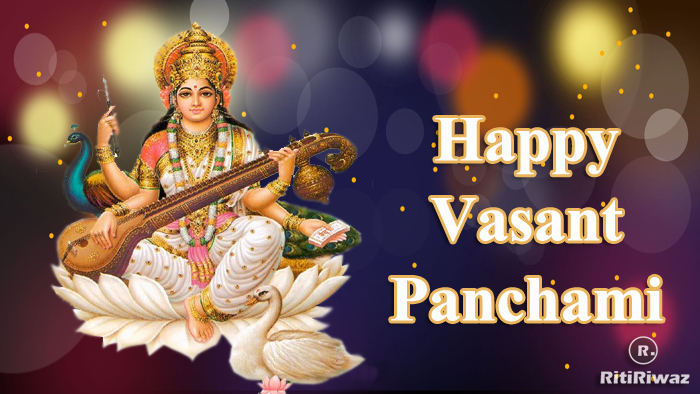
Vasant Panchami refers to the religious Hindu festival of Saraswati Puja or Shree Panchami. It is a seasonal spring festival that is observed in many regions of India. It is the celebration of the onset of spring and harvest.
This harvest festival is a celebration of abundance and a time to thank Mother Earth. In Uttarakhand, earthen lamps and incense are lit, to signify worship of the earth as a ‘harvest festival’. On the other hand, people in Bihar and Bengal worship the plow on this day.
When celebrated: Late January or February (Fifth day in the month of Magha)
Where celebrated: All over India
Baisakhi
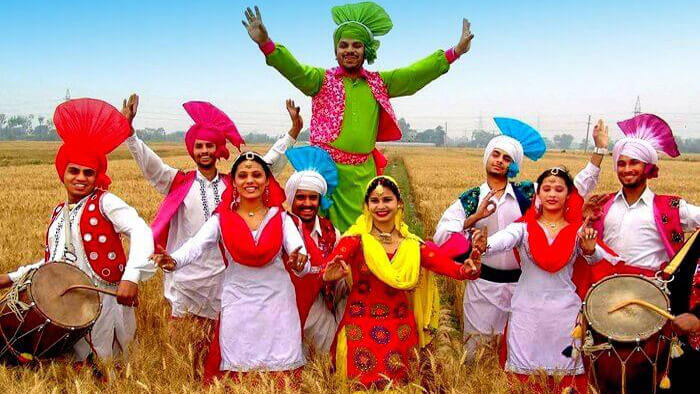
Baisakhi, a harvest festival, is one of the most significant festivals of the Sikhs and Punjabis. The tenth Sikh Guru, Guru Gobind Singh, established the foundation of the ‘Order of the Pure Ones’ (Panth Khalsa) in 1699 on a particular Vaisakhi Day. Therefore, the festival of Vaishaki is also called ‘Khalsa Sirjana Diwas‘ (the birth of Khalsa). The day marks the beginning of the new harvest season. It is time to harvest the Rabi crops. In several villages, many fairs are organized on this occasion.
For the Hindus, it is the start of the New Year, and is celebrated with requisite bathing, partying, and worshiping. It is celebrated as Vishu in Kerala and the celebration includes fireworks, shopping for new clothes, and interesting displays called ‘Vishu Kani. Bohag Bihu in Assam is celebrated by organizing massive feasts, music, and dancing.
When celebrated: 13th or 14th April
Where celebrated: Punjab and Haryana
Ladakh Harvest Festival
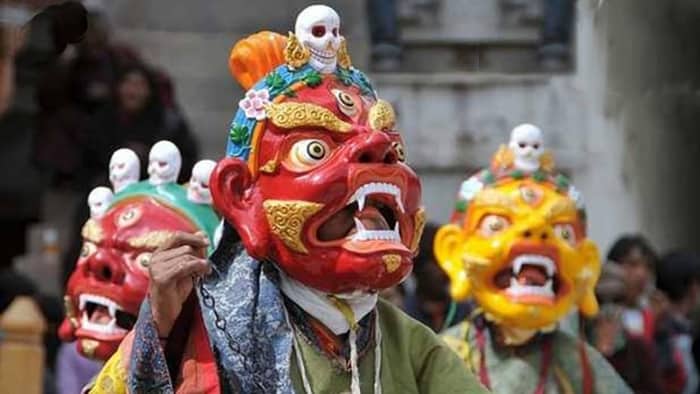
Ladakh Harvest Festival is celebrated in September every year, where there are various dance programs, music performances, colorful clothes, and a celebration of life. This is a joyous occasion and there are some splendid dances like the yak and lion dances. During the harvest, villages are festooned with flags, music, and food to honor the gifts from the land. The festival continues over a period of two weeks with various cultural programs, mask dances, music concerts, archery competitions, river rafting, and polo matches that are held during this time.
When celebrated: September for 15 days
Where celebrated: Ladakh Harvest Festival is celebrated across Leh
Harvest Festival of North East India
Bihu
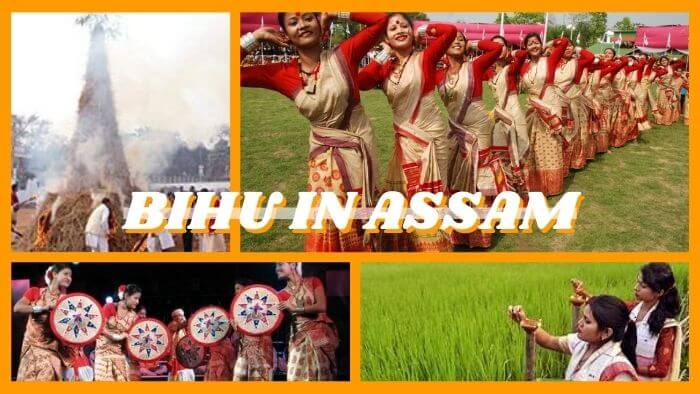
There is three Bihu celebrated year-round they are Rongali Bihu (April), Kɑti Bihu (October), Bhogali Bihu (January). The highlight of this festival is the food due to the abundance of grains after the harvest. Magh Bihu or Bhogali Bihu which is a harvest festival marks the end of the harvesting season in the month of Maagha. Rongali Bihu is the celebration for ushering in the Assamese new year with traditional zeal and fervor. The celebrations mark the beginning of the Assamese New Year and the end of the harvesting season amidst much fanfare. Kati Bihu is associated with crop protection and worship of plants and crops.
When celebrated: Rongali Bihu (April), Kɑti Bihu (October), Bhogali Bihu (January)
Where celebrated: Assam
Dree Festival
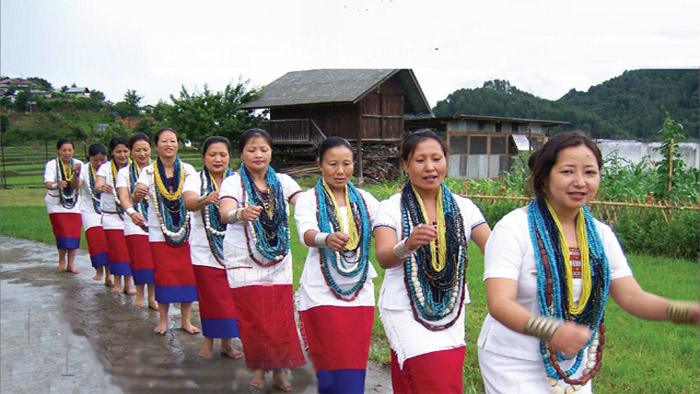
The dree festival is one of the best festivals in Arunachal Pradesh, during this feast, delicious and tangy rice and millet beer are served followed by traditional dances. Apatanis of Arunachal Pradesh celebrates this seasonal festival every year for three days in the month of July. It is observed after the transplantation of paddy, the festival focuses on the propitiation of the deities connected with the fertility of the soil and the growth of bumper crops as well as the peace and prosperity of the villagers.
When celebrated: 4 to 7 July
Where celebrated: Arunachal Pradesh
Wangala
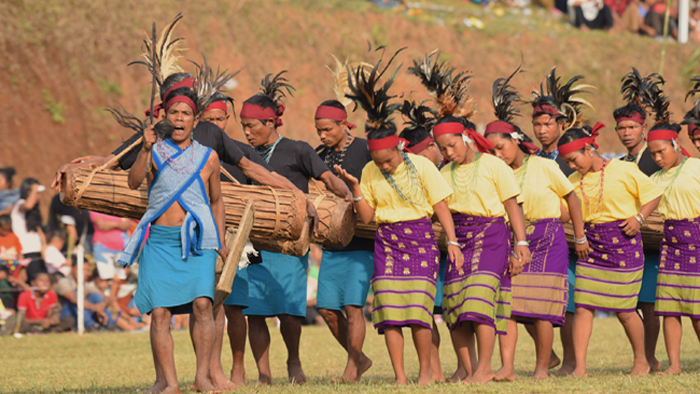
Wangala or 100 drums Festival is the celebration of the culture of the Garos that runs for two days. The festival is dedicated to the sun god of fertility. It is celebrated by Garo tribes who live in Meghalaya, Assam in India. The festival is celebrated at every harvesting period in late autumn which usually falls in the second week of November.
It is a thanksgiving ceremony to Misi Saljong, also known as Pattigipa Ra’rongipa ( the great giver) for having blessed the human being with a rich harvest of the season. The time of celebration varies from village to village but is performed annually in almost all the non-Christian villages of the Garo Hills. It is usually celebrated for two or three days by two or three collaborating villages across the season (from September to December).
When celebrated: September to December,
Where celebrated: Meghalaya, Nagaland, and Assam
Ka Pomblang Nongkrem
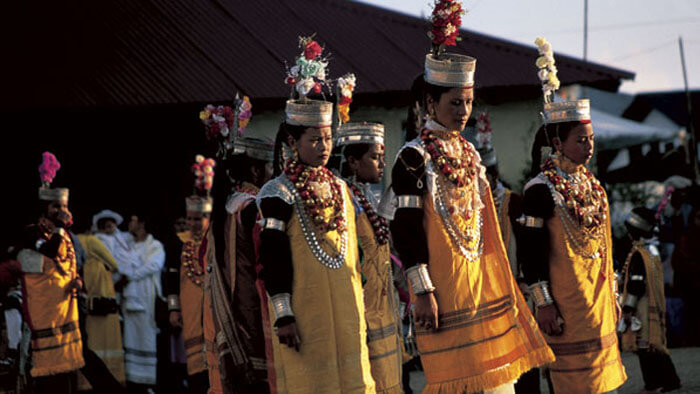
Ka Pomblang Nongkrem is the harvest festival of the Khasi community of Meghalaya. This indigenous dance festival is celebrated in order to honor the powerful Goddess Ka Blei Synshar for blessing the people of the community with a good harvest and prosperity.
During the Nongkrem dance festival, traditional dance is performed by the young men and women of the Khasi tribe. The festival lasts for five days and is generally celebrated in the month of November. Local deity is worshipped for a bumper crop with animal sacrifice and Nongkrem dance with a sword in one hand and yak hair whisk on the other.
When celebrated: November for five days
Where celebrated: Meghalaya
Chapchar Kut
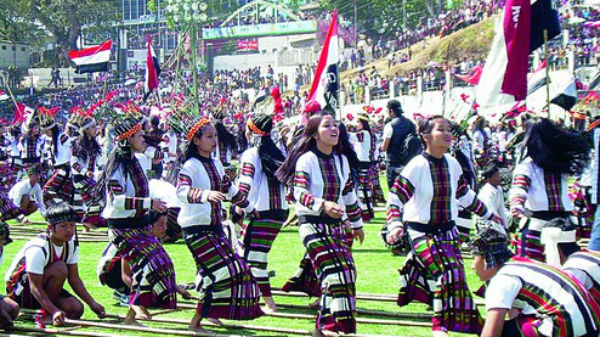
Chapchar Kut is the festival of Mizo people held in anticipation of a golden harvest. The festival marks the beginning of the Spring Season, where they cut bamboo trees and are left to dry so that they can be burnt for Jhum Cultivation.
During the festival, traditional bamboo dances such as Cheraw are performed. Thousands of people wearing traditional attires gather to join the celebration where traditional dances, songs, and games were presented with the participation of a large number of artists.
When celebrated: end of February or first week of March
Where celebrated: Mizoram
Tokhu Emong
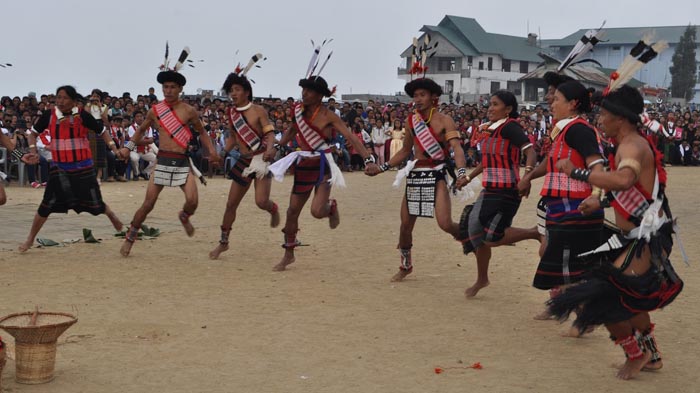
Tokhu Emong is a post-harvest festival of the Lotha tribe of Nagaland. The festival is celebrated with lots of enthusiasm and fun as this festival brings the time to rejoice in the fruit of hard work with the end of the labor period of harvesting. Tokhu Emong festival is the time to show gratitude towards each other, all people come together for celebration forgiving past animosity and bitterness.
When celebrated: the first week of November
Where celebrated: Nagaland
Harvest Festival of East and West India
Nuakhai
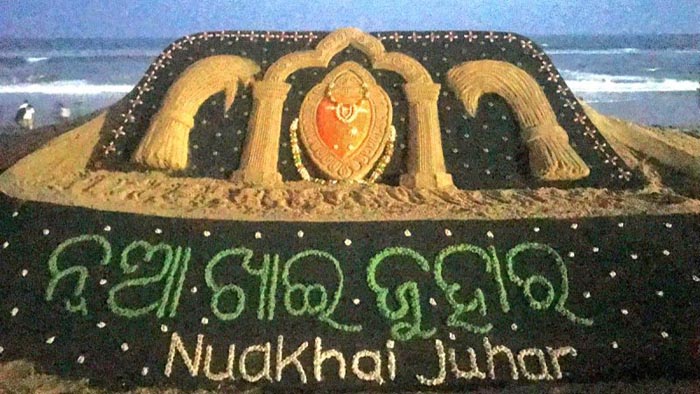
Nuakhai Juhar is a harvesting festival of Odisha, observed on Panchami tithi (the fifth day) of the lunar fortnight of the month of Bhadrapada or Bhadraba (August–September), the day after the Ganesh Chaturthi festival. The word nua means new and khai means food, so the name indicates possession of the newly harvested rice to be eaten on that day.
The festival has a big significance for farmers and the agricultural community. It is a festival for the worship of food grain, people worship in their respective homes and offer rituals to their domestic deity and to Lakshmi, the deity of wealth in the Hindu tradition. Nuakhai Juhar, which is the exchange of greetings with friends, well-wishers, and relatives which symbolizes unity and love.
When celebrated: August or September
Where celebrated: Odisha
Gudi Padwa
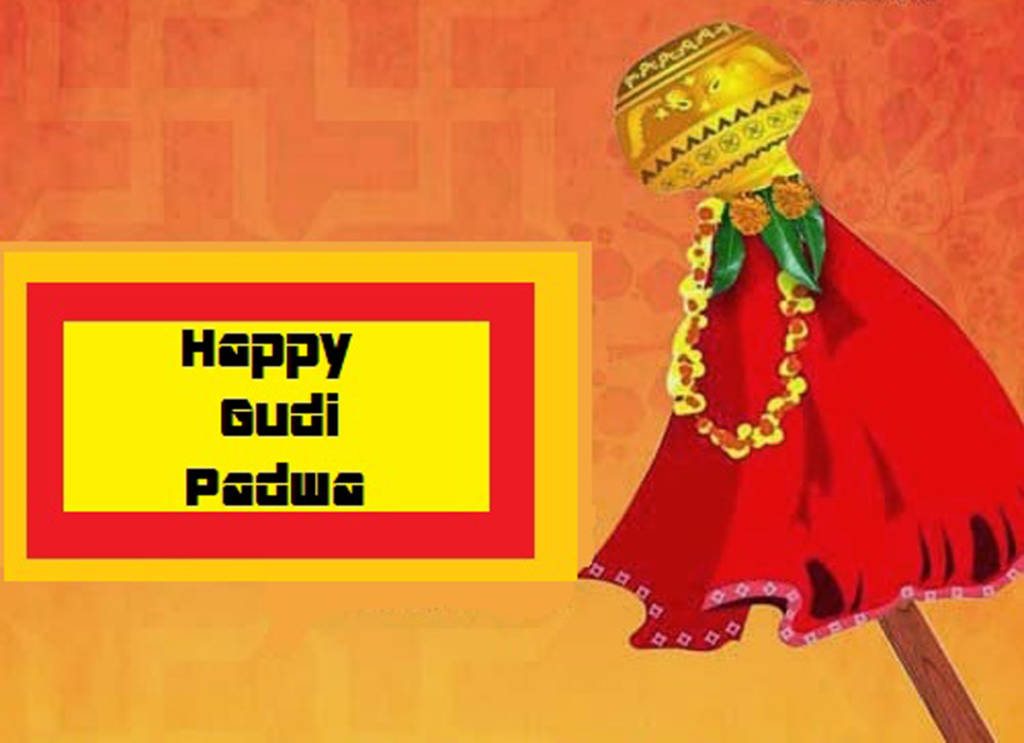
Gudi Padwa is celebrated as New Year’s Day and the beginning of harvest season for Marathi and Konkani Hindus. The people from Maharashtra ushers in their new year (first day of Chaitra) with much traditional fervor by hoisting the Gudhi (victory flags) in front of the homes. Gudi Padwa is not celebrated in North India, but on the same day, they start nine days Chaitra Navratri Puja and eat Neem with Mishri to mark the first day of Navratri.
Farmers in Maharashtra plow the field on the day as it is believed this auspicious day will bring them good luck and great harvest in the coming agricultural season. People hang a Toran made of mango leaves on the front door. They then decorate the doorsteps with red flowers. Rangolis with a swastika design is drawn. Rice powder, vermillion, and turmeric are used to draw the Rangoli.
When celebrated: March or April (first day of the Chaitra month)
Where celebrated: Maharashtra, Karnataka
Nabanna
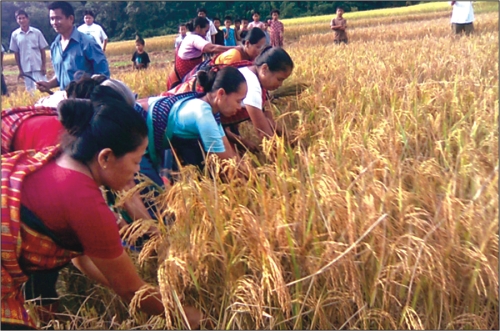
Nabanna is the harvest festival of Bengali, celebrated with food and dance and music in West Bengal, Tripura, and Assam. It is celebrated in the month of Agrahayana (November-December). In rural Bengal, farmers offer the newly harvested rice to Laxmi, the Goddess of wealth and fertility. Although it is a popular festival among Hindu farmers, Nabanna celebrations are common among non-Hindu agriculturists too. Muslim and Christian farmers too observe Nabanna in Bengal, treating it as a secular celebration of the winter harvest.
When celebrated: November or December (1st day of Agrahan)
Where celebrated: West Bengal, Tripura, and Assam
Harvest Festival of South India
Pongal
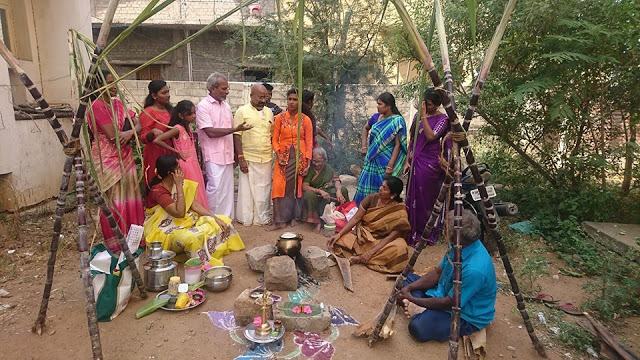
Pongal is the harvest festival for South India. The four-day festival commemorates the passing of the winter solstice and the beginning of the harvest season and is called Makar Sankranti and by various other names in India. The harvest festival celebrates the lengthening days as the sun returns to the northern hemisphere. The word Pongal means “to boil over” or “overflow”, and the symbolism of the harvest is celebrated with an overflowing bowl of a sweetened rice dish by the same name.
The first day is the Bhogi festival dedicated to Lord Indra, the second day is the Thai Pongal dedicated to the Lord of Sun, the third day is Mattu Pongal dedicated to cows, and the fourth day is Kaanum Pongal. The fourth and final day of Pongal is spent gathering with friends and families. Many family reunions happen on this day, and other community events are organized to strengthen ties to each other.
When celebrated: January 14 (Four-day festival)
Where celebrated: South India
Ugadi
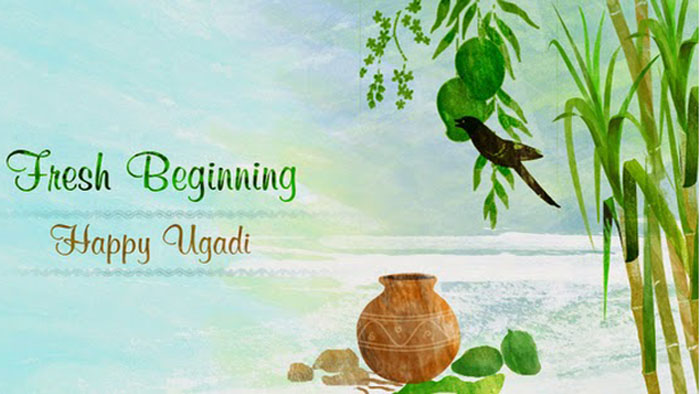
Ugadi is the New Year Day for the people of Andhra Pradesh, Telangana, and Karnataka in India. The festival falls on the first day of the Chaitra month (March or April) and it means ‘the beginning of a new age’. On the day of Ugadi, the earth completes one full rotation around the sun. That is why the sunrise on this day marks the beginning of the year.
On this day all the family members take an oil bath and wear new clothes. Womenfolk clean the house and courtyard, decorate their houses with mango leaves and flowers. They perform Lakshmi puja and prepare Ugadi Pachhadi (a mixture of mango pieces, neem flowers, honey, and jaggery) and offer it to God and take it as prasad.
When celebrated: March or April (first day of the Chaitra month)
Where celebrated: Andhra Pradesh, Telangana, and Karnataka
Vishu
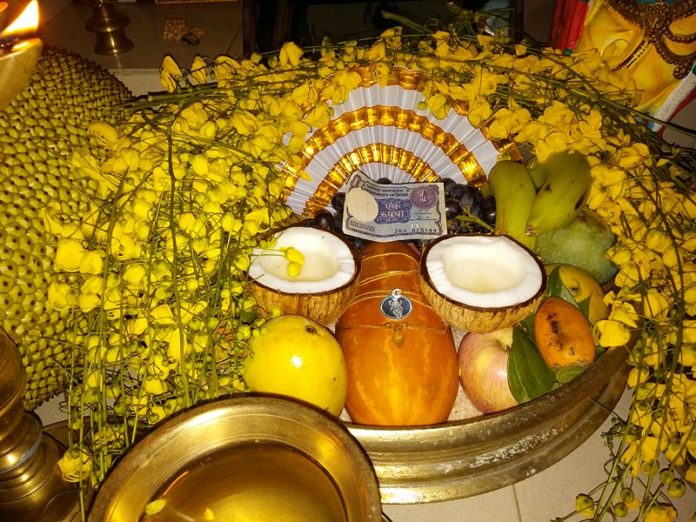
Vishu is the New Year day in the Malayalam Calendar of Kerala, worshipping Lord Vishnu and visiting Krishna temples are the prime parts of their Vishu celebration. Vishu signifies the sun’s transition into the first solar month as per the lunisolar calendar. Vishu is a celebration of the spring equinox. While it is known as Vishu in Kerala, the festival is celebrated as Puthandu in Tamil Nadu, Bihu in Assam, Baisakhi in Punjab, and Pahela Baishakh or Poila Baishakh in West Bengal.
When celebrated: Middle of April (first day of Medam)
Where celebrated: Kerala, Tulu Nadu region in Karnataka, Mahé district of Union Territory of Pondicherry, neighboring areas of Tamil Nadu
Onam

Onam is the harvest festival of Kerala celebrated during the months of August/September. Traditionally, Onam marks the summer harvest and is celebrated with numerous festivities. The festival is celebrated to honor the home-coming of generous demon king Mahabali, under whose reign there were peaceful times and a golden era for Malayali people.
The festival in its entirety lasts for around 10 days and its concluding tenth day is viewed as Thiru Onam when most of the events and festival traditions are observed amongst Malayali households. Thiru Onam is the day on which the whole family gets together for a vegetarian feast – Onam Sadya. To mark the auspicious day, people offer special prayers and draw flower rangolis called Pookkalam near their doors to welcome Mahabali.
When celebrated: August or September
Where celebrated: Kerala
Agera
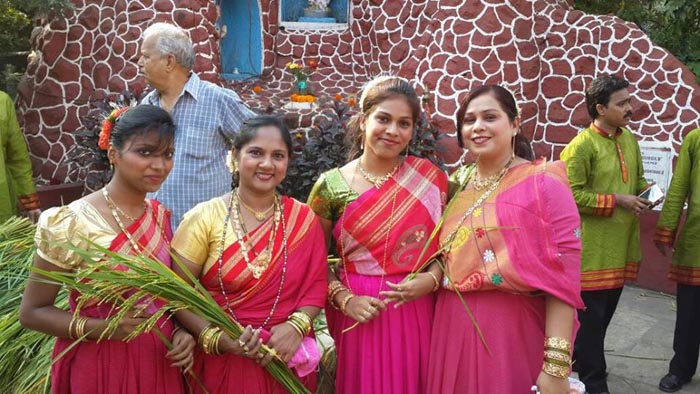
Agera is the harvest festival of the Roman Catholic community of Mumbai celebrated on the first Sunday in October. It is also called ‘Thanksgiving Sunday’ and is held when the grain would be ready for harvest and lasted for five days. This Festival was celebrated by East Indian families all over Mumbai.
The festival is celebrated with the priest of a community going down to the fields to bless the newly harvested crop and giving thanks to God, along with the farmers and villagers. After the prayer, the people would celebrate the day with singing, dancing, and food.
When celebrated: the beginning of October (5-day festival)
Where celebrated: Mumbai






